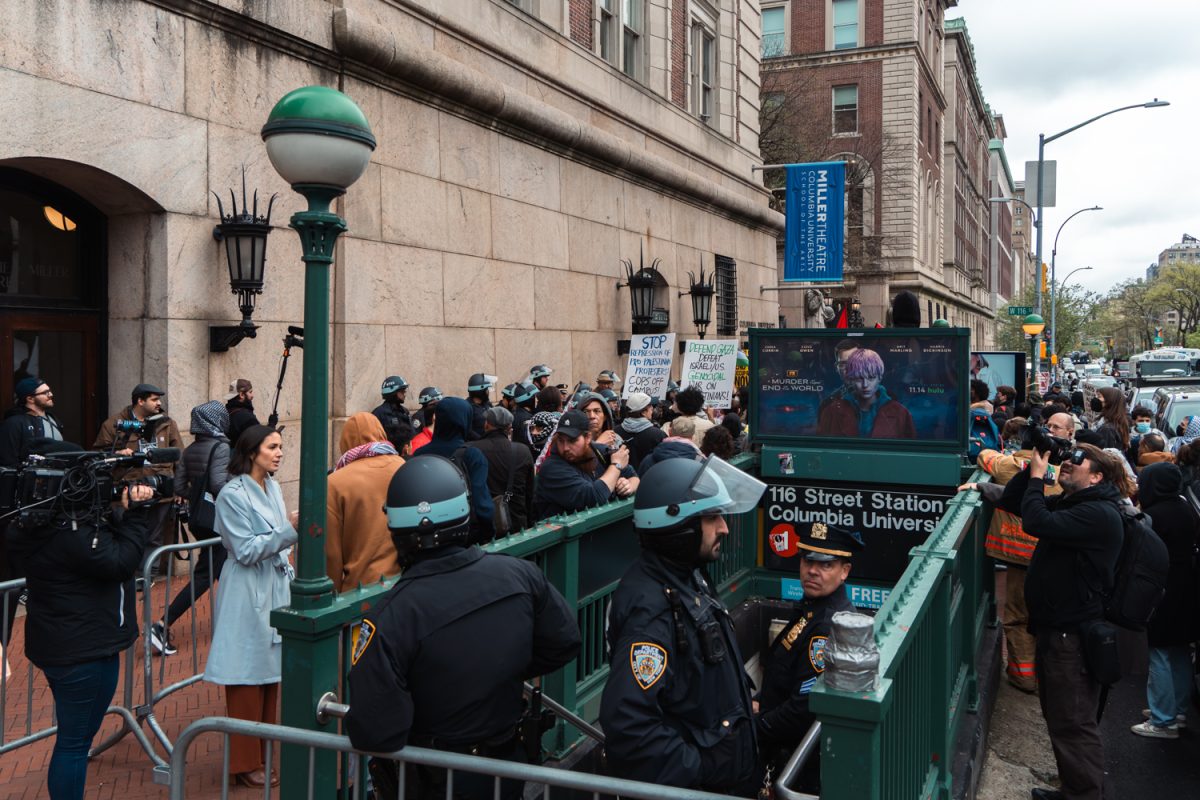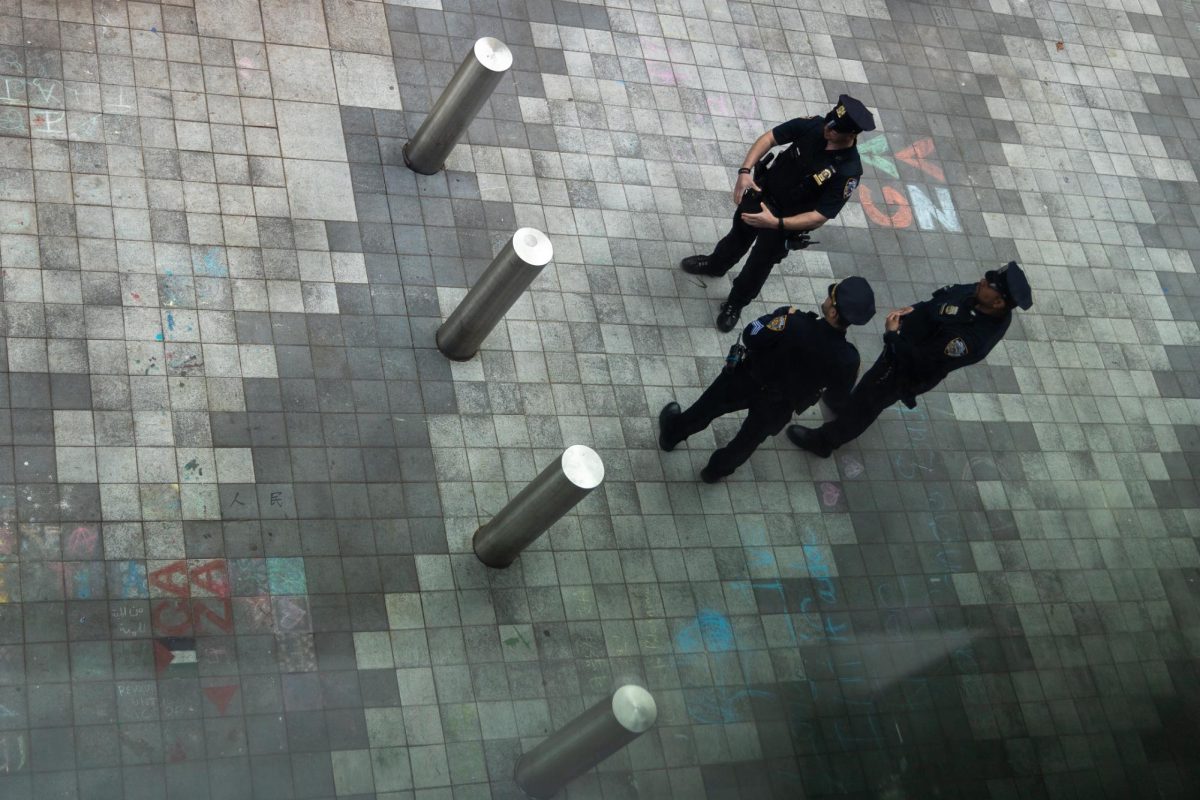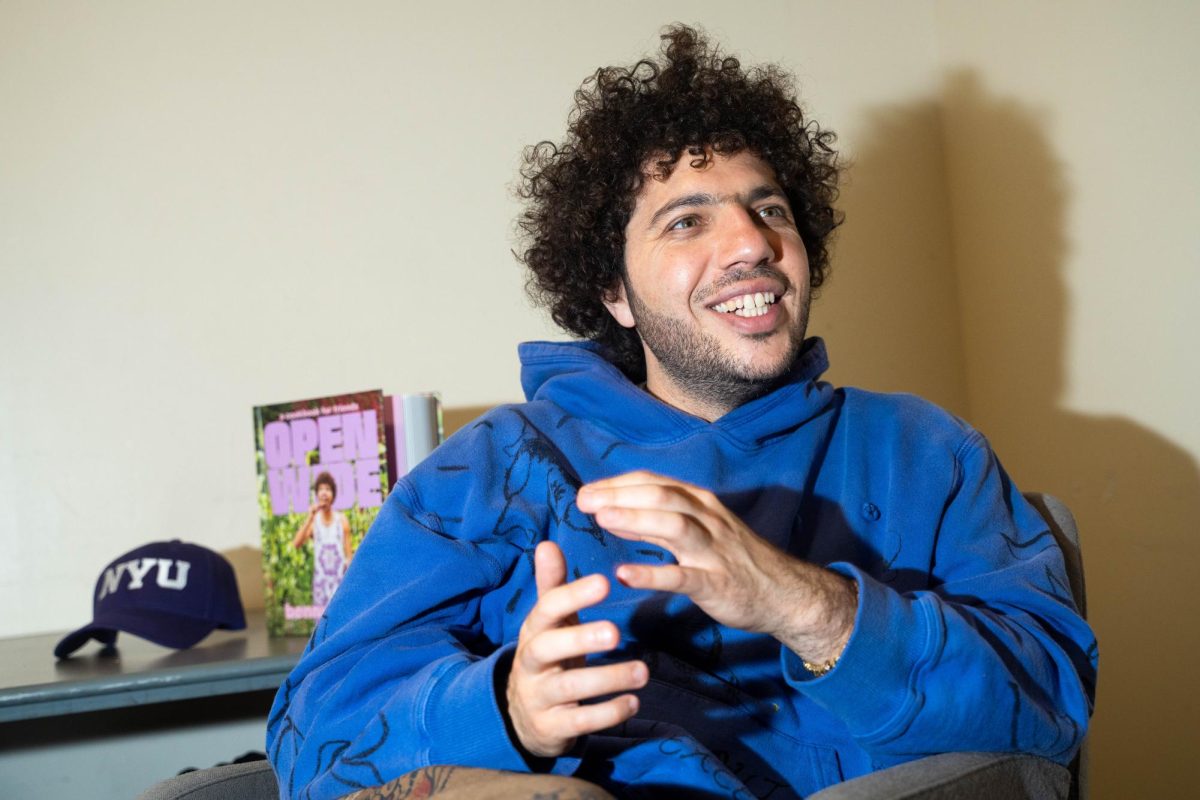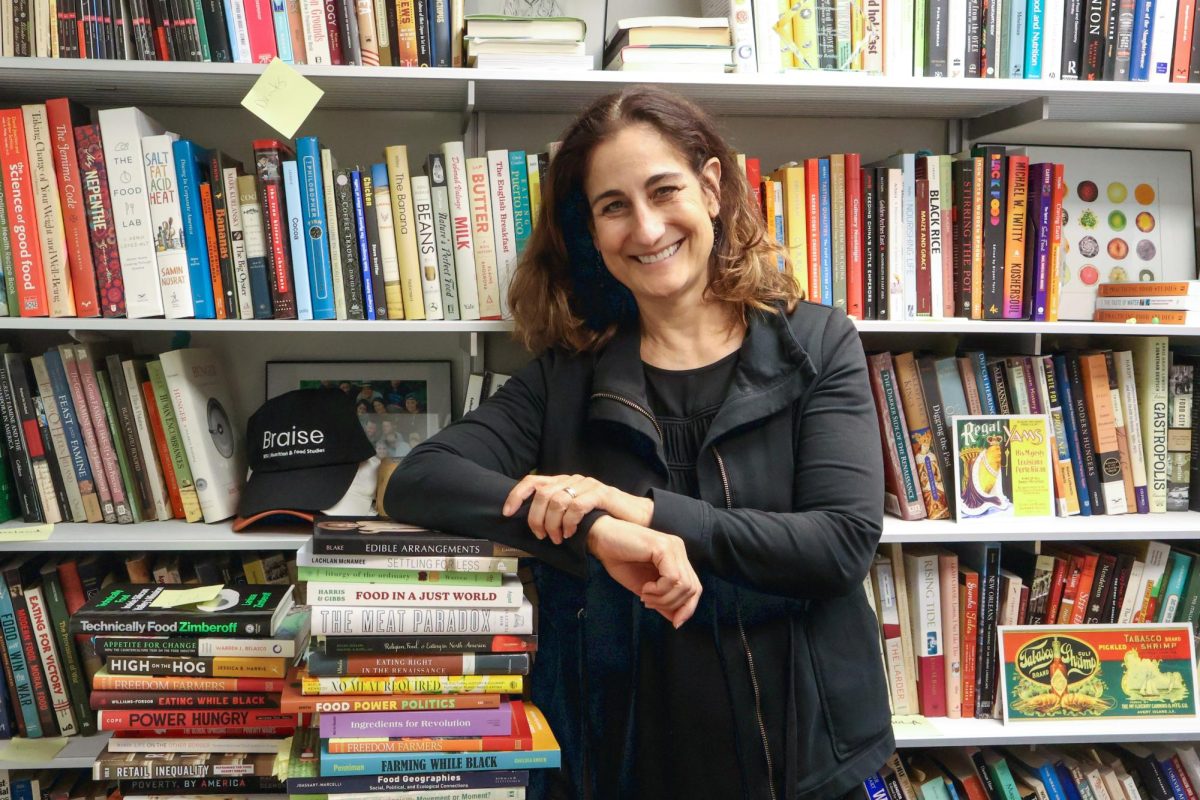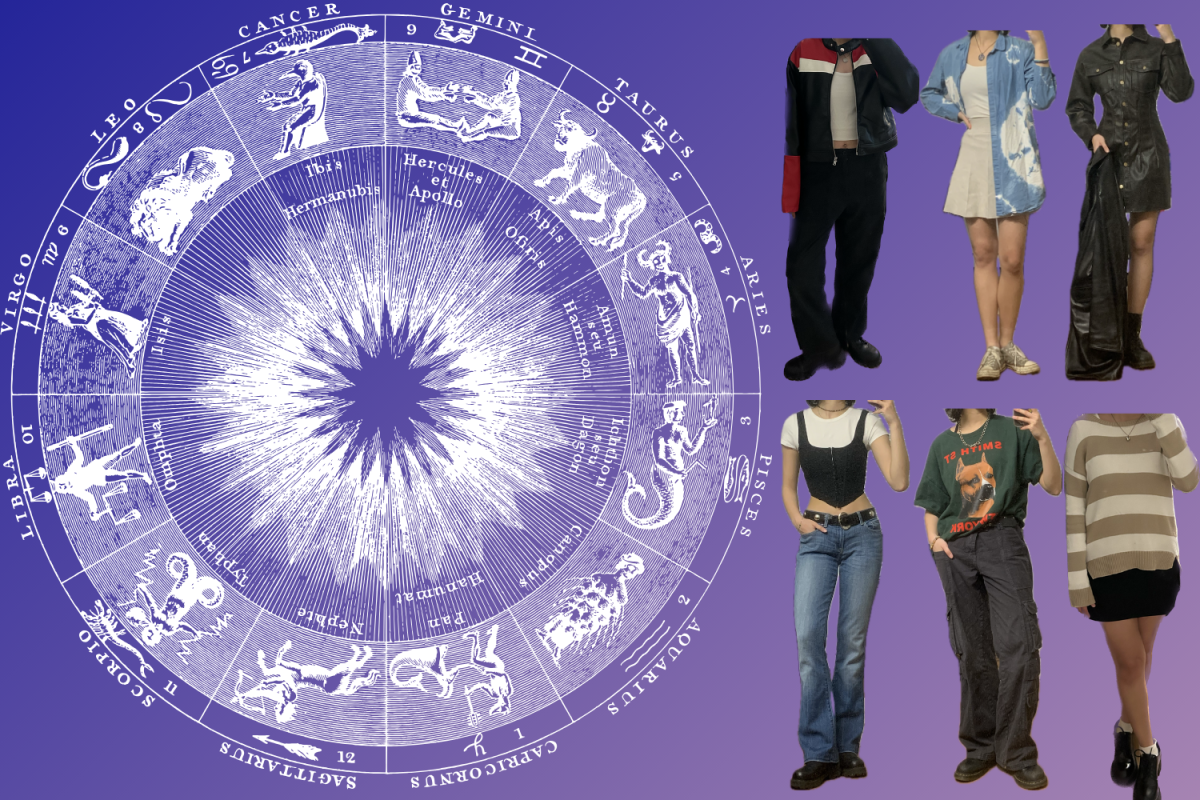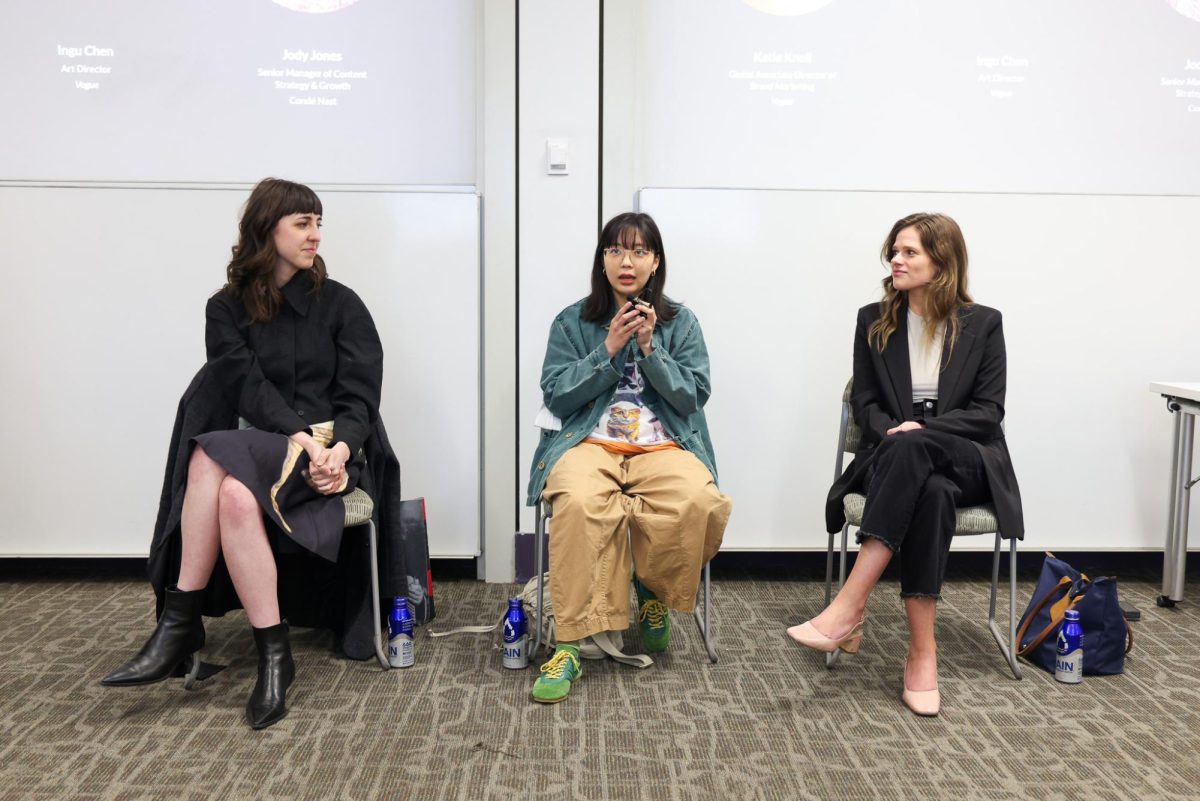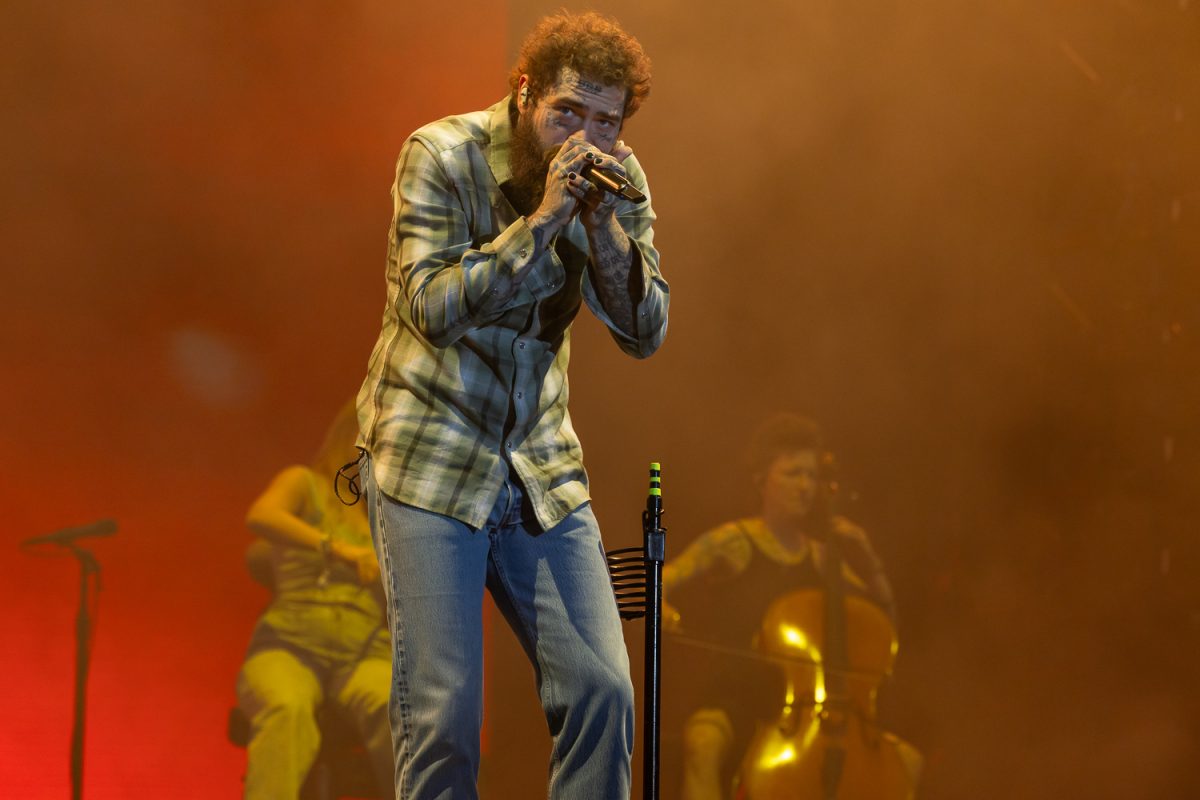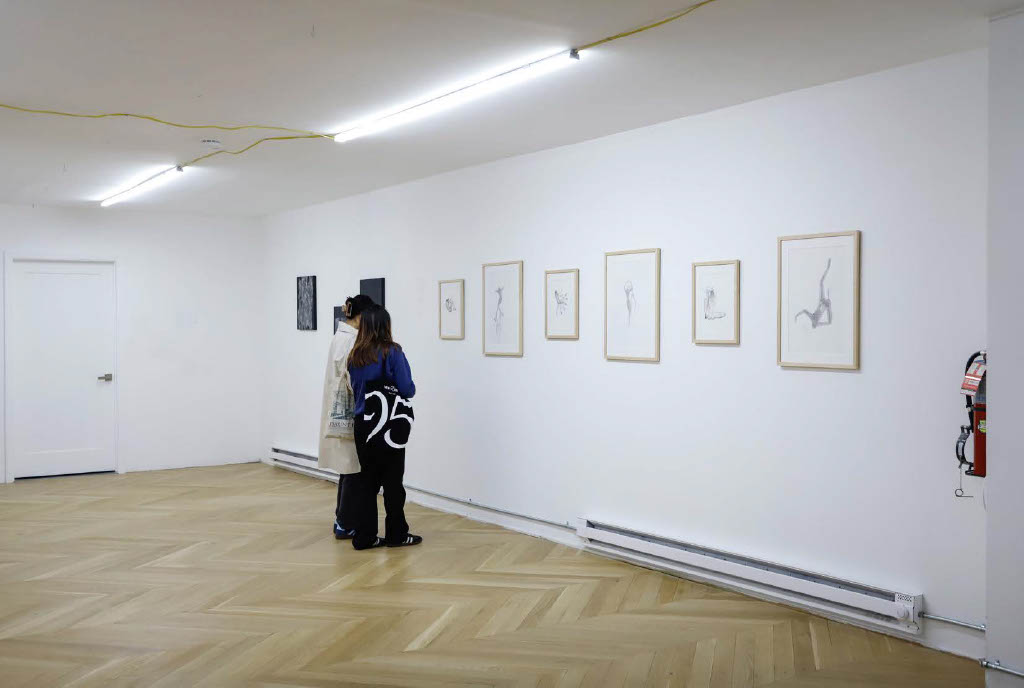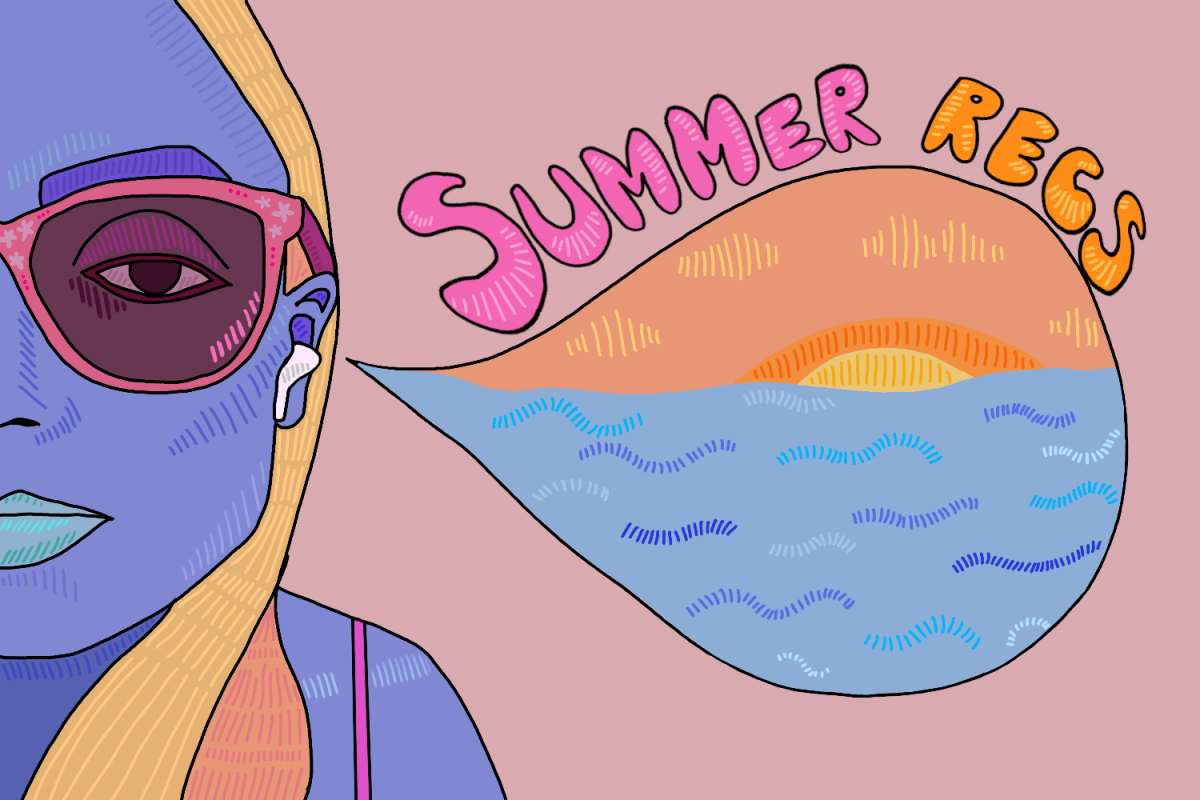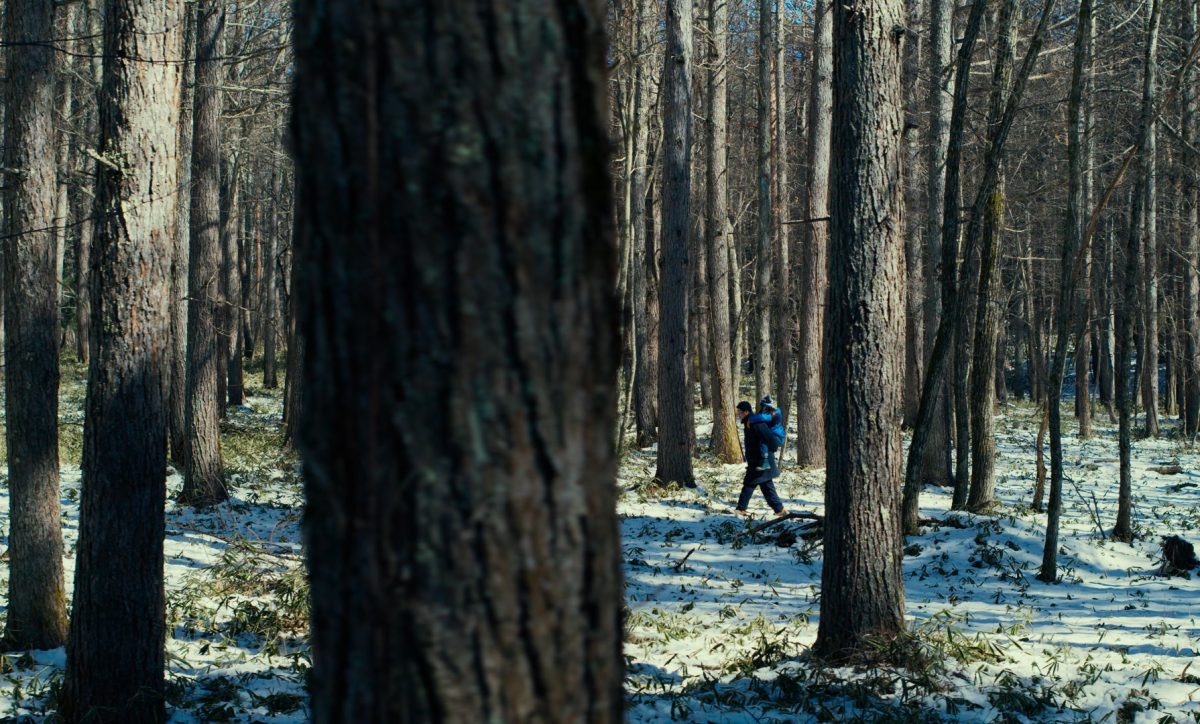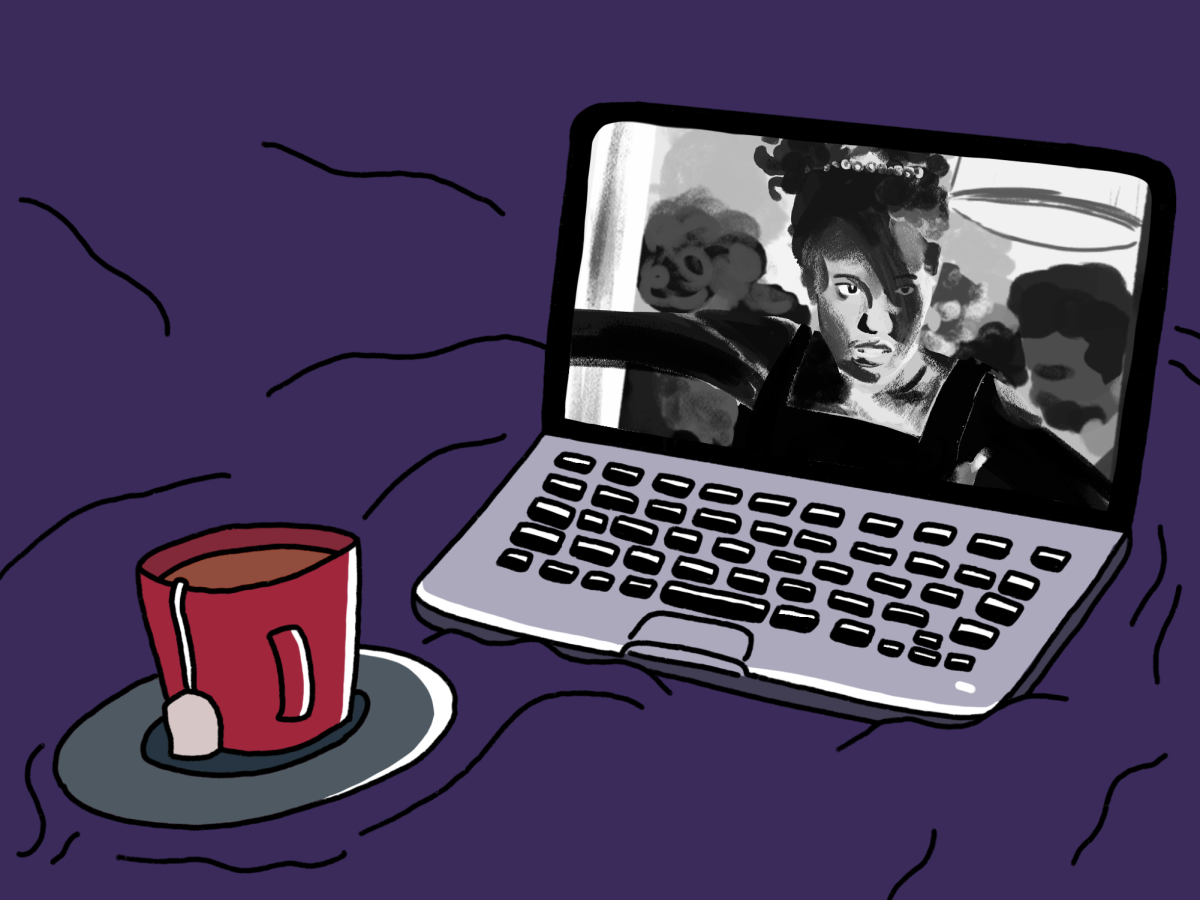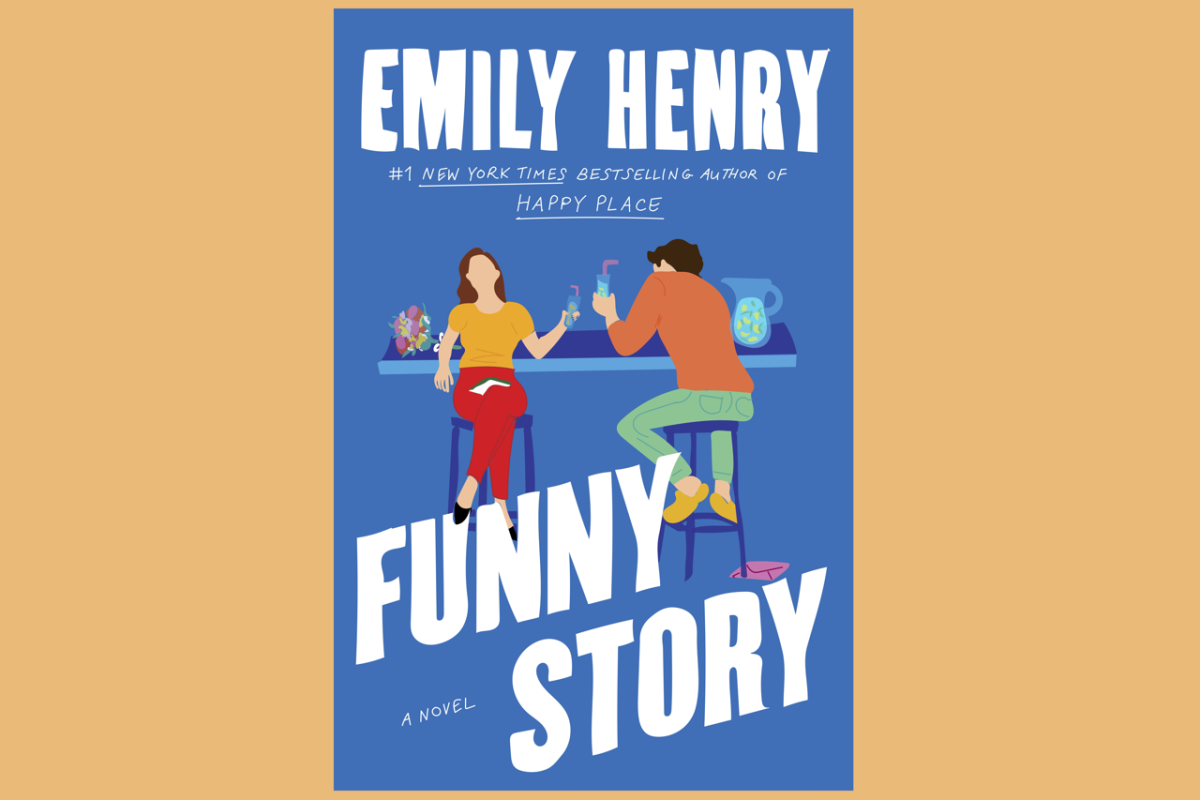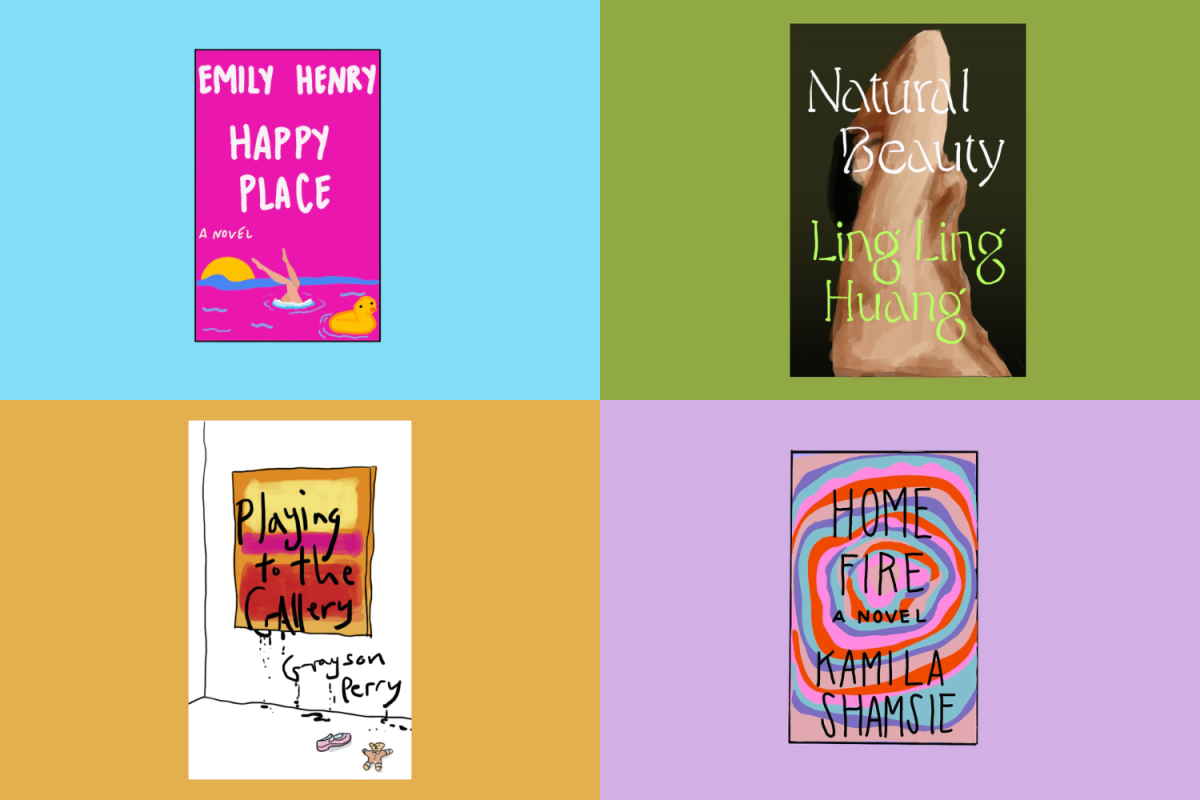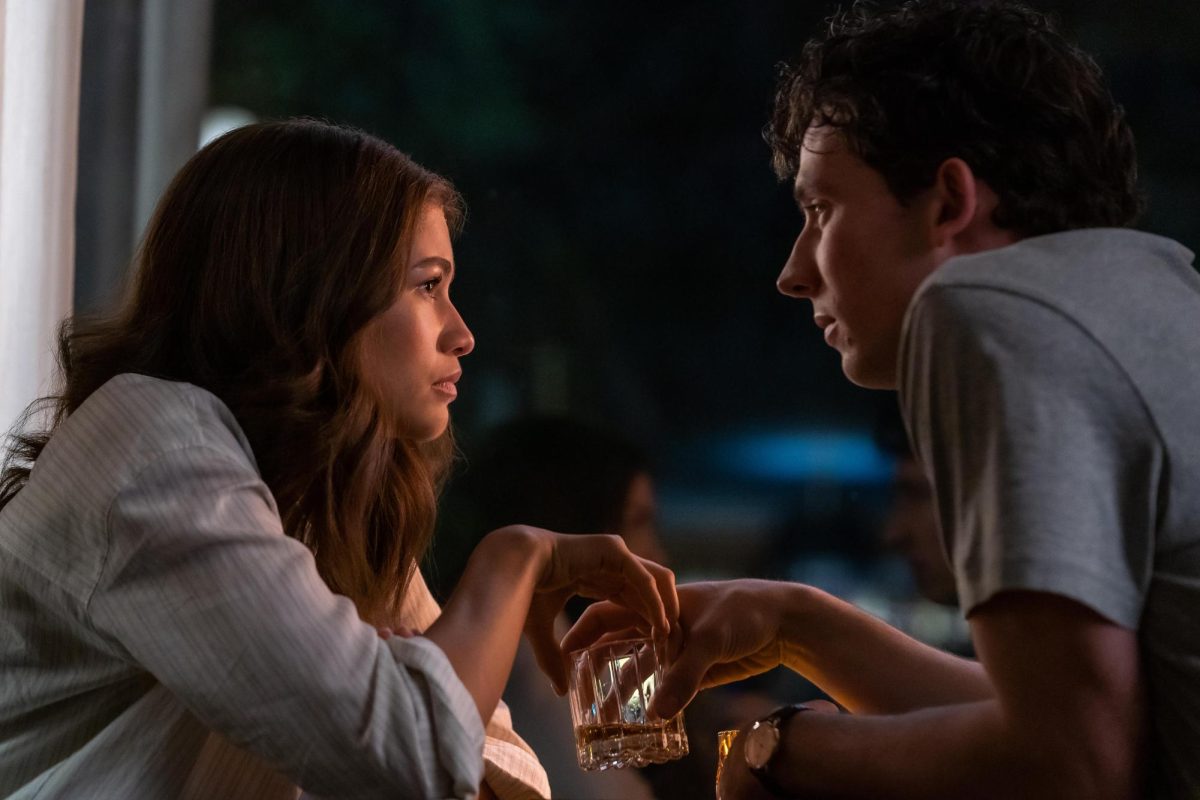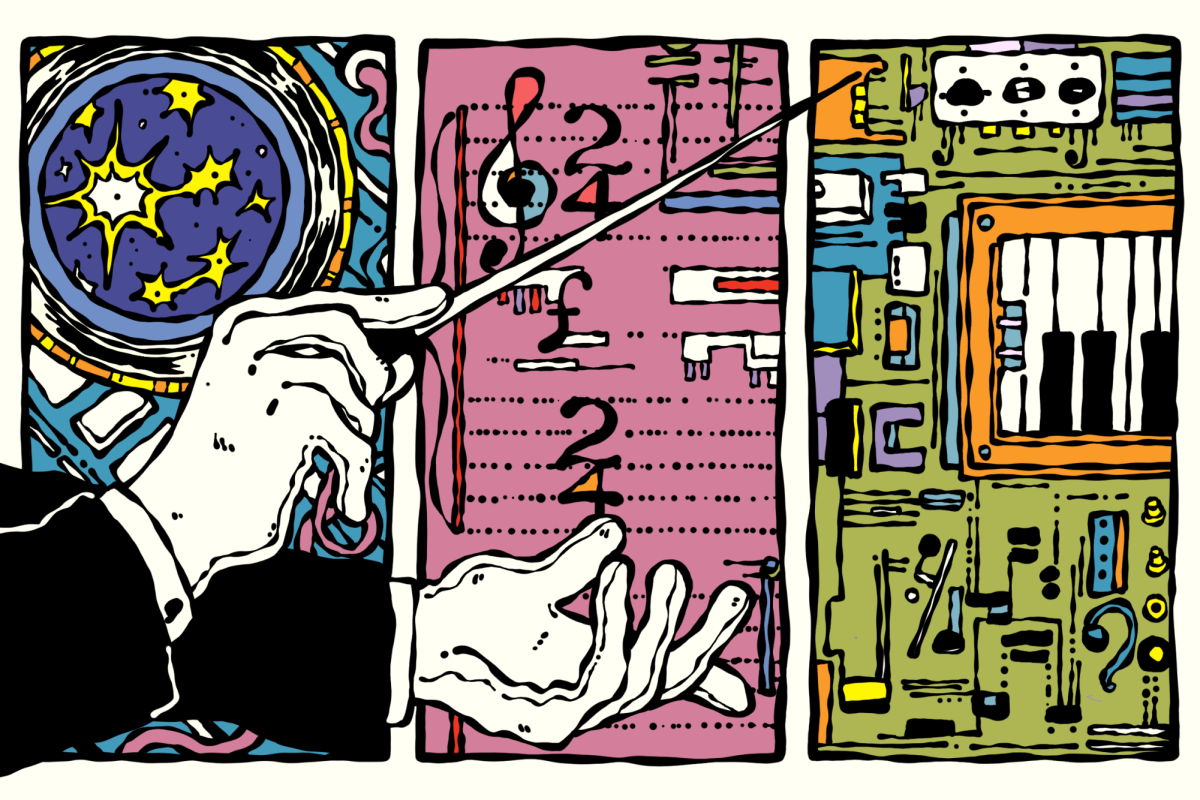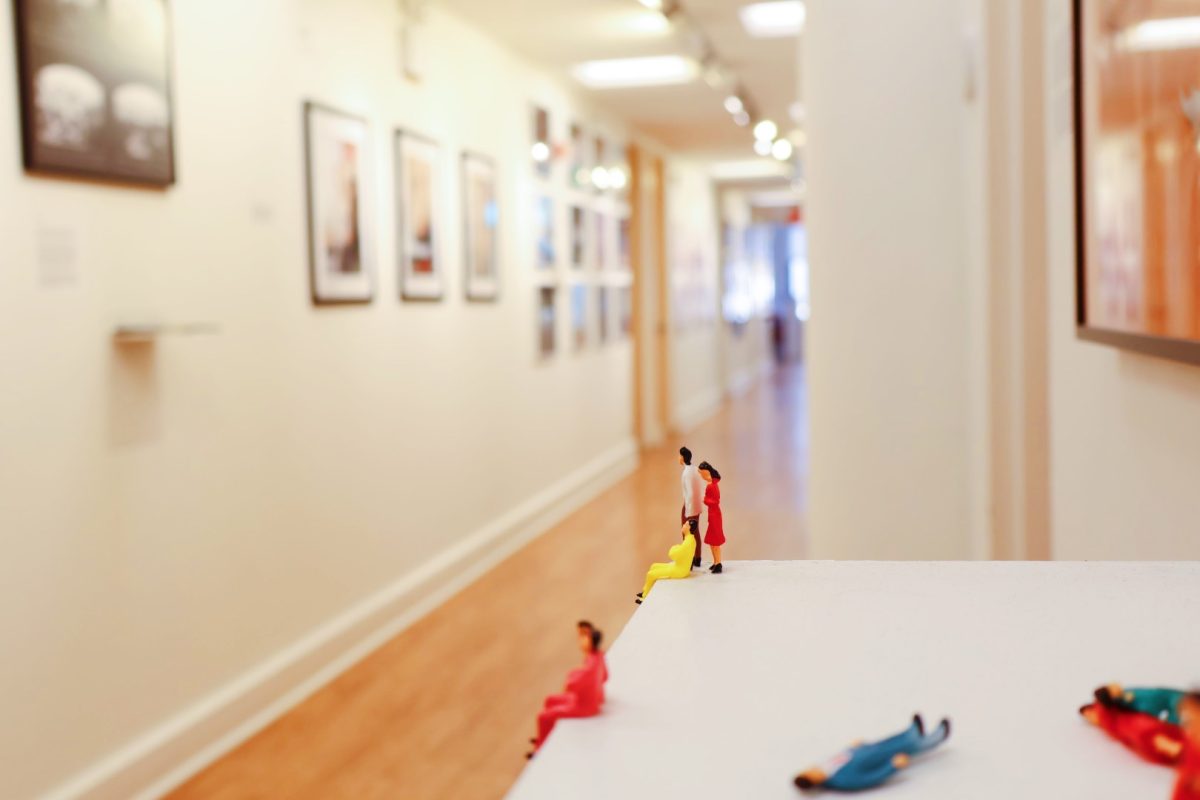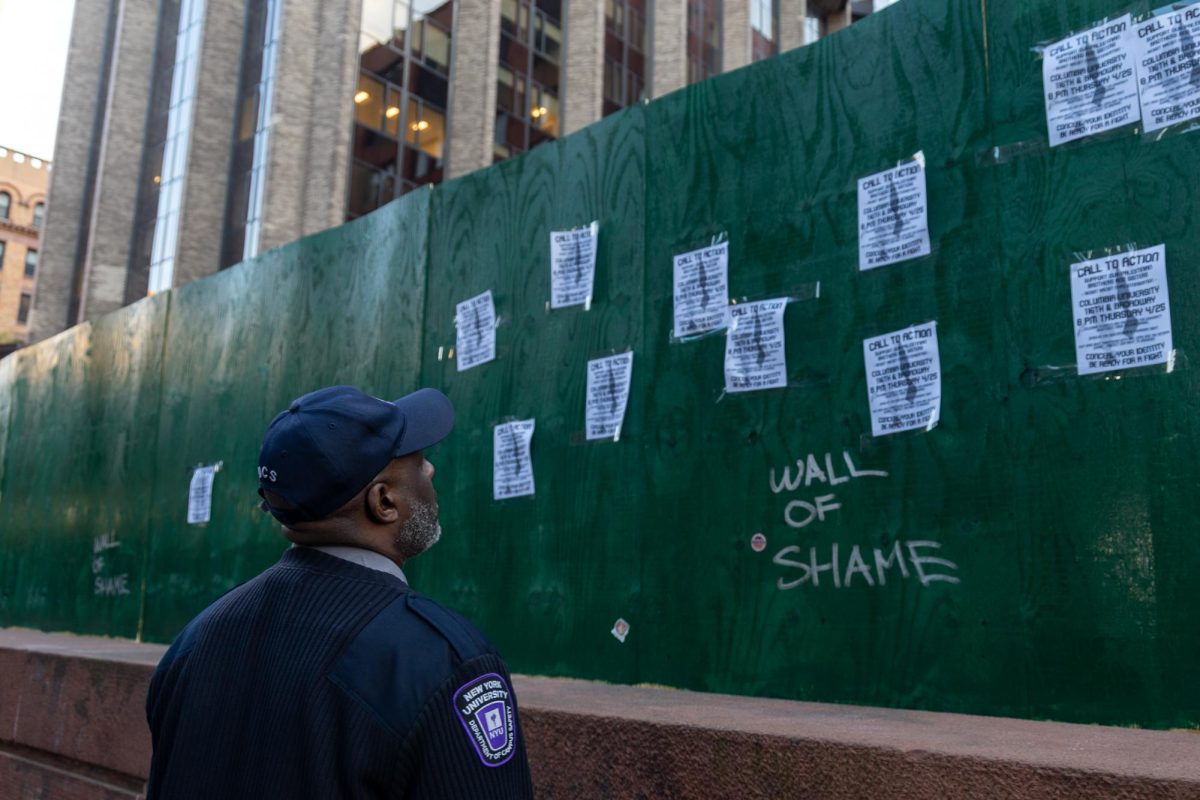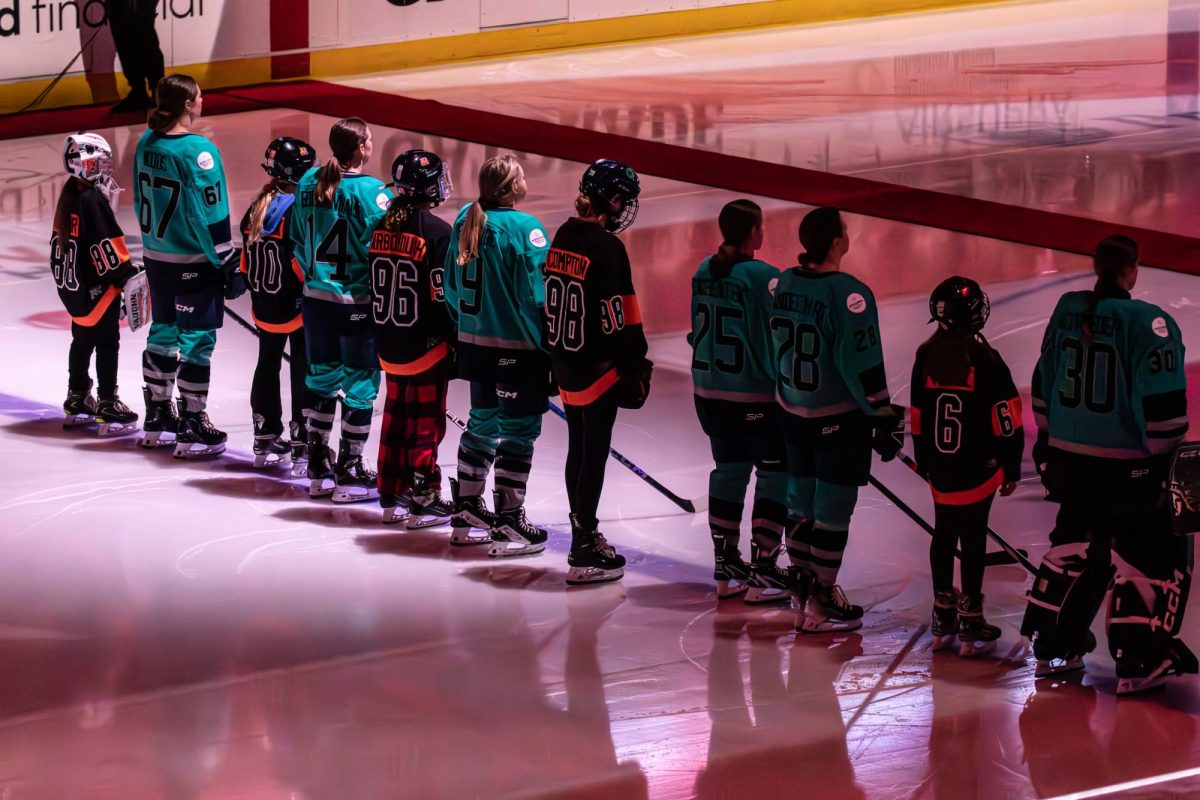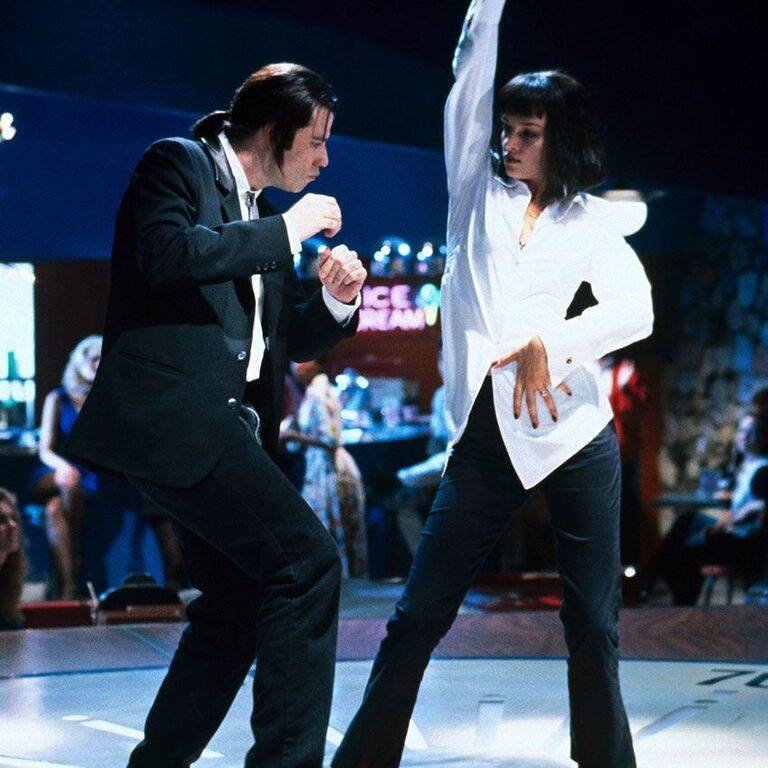When the year’s most anticipated albums like “Astroworld” or “Queen” finally found their release, not all of us were bingeing Travis Scott’s “Sicko Mode” on an endless loop. Some of us found ourselves lost in the soundtracks of films like “Sorry To Bother You,” “A Star Is Born” or even the Kendrick Lamar-produced “Black Panther.” There are even some among us who went as far as listening to film scores like Jon Brion’s woodwind-infused orchestral soundtrack for “Lady Bird” or the piano-driven sounds of Trent Reznor and Atticus Ross in “Mid90s.” Regardless of the medium, there are listeners who prefer movie soundtracks and scores over mainstream top-40 bops any day. This week, the WSN staff has compiled a list of the best. If you’re one of those people, try out our picks for favorite movie soundtracks and scores.
“Lady Bird”
Ryan Mikel, Arts Editor
After viewing Greta Gerwig’s phenomenal directorial debut, “Lady Bird,” in theaters a whopping 13 times, I amassed a list of moments from the film that kept me coming back: the “Wild West” school dance, Danny’s meltdown outside New Helvetia, Lady Bird’s phone call to her mom in the film’s final moments. But what intoxicated me during the first few go-rounds was Jon Brion’s score of melancholic strings and woodwinds that added whimsy to the film’s narrative. The dainty piano trills (“Consolation,” “Reconcile”) heard during the film’s more sentimental moments are haunting and dust the scenes with longing and bittersweetness. The acoustic guitar (“Rose Garden”) that accompanies Lady Bird and Danny as they frolic through suburbia captures the honeymoon phase of every blossoming relationship. It’s a shame Brion was not recognized by any critics, groups or guilds during awards season because his score for “Lady Bird” was one of its most important elements and deepened the film’s feeling of nostalgia.
“The Royal Tenenbaums”
Nicole Rosenthal, Music Editor
No matter what your opinion is of Wes Anderson, you can’t deny that the meticulous use of music in his films contributes immensely to their texture and depth. In some cases, the right song completes the world that a director is trying to create and gives us further insight into a character’s mental state. His 2001 picture “The Royal Tenenbaums” is no exception. Though set in the 21st century, the film only uses tracks that date from the ’60s to the late ’70s, underlining the fact that the titular family of prodigies is continually living in the past and not focused on the present.
From the opening sequence with the Beatles classic “Hey Jude” to Paul Simon’s “Me And Julio Down By The Schoolyard,” the film depicts familial dysfunction and levels of depression through Anderson’s lens of innocence and whimsy. Perhaps one of the most jarring uses of music is during Richie’s suicide attempt as the delicate strums of Elliott Smith’s “Needle In The Hay” echo from his bathroom. While Smith’s lyrics have never shied away from upsetting themes, it is his stripped-down instrumentation and whispered voice that begin to make the eyes water during this scene. But what would be a discussion of “The Royal Tenenbaums” without talking about the use of German model-turned-singer Nico’s “These Days” as Margot Tenenbaum steps off the bus to visit Richie? This is an iconic moment for a reason — the charming, simple melody of the tune as the lovers meet for the first time in years is purely heartwarming. In fact, it makes you kind of forget that they are brother and sister. Kind of.
“Inception”
Guru Ramanathan, Film & TV Editor
Hans Zimmer is one of the most versatile composers working in the industry, having been nominated for 11 Academy Awards and winning best original music score for “The Lion King.” But his greatest work to date is his innovative score for Christopher Nolan’s “Inception.” While the most iconic sound from that film is the BRAAAM! sound effect (we hear it in every action movie trailer), the beauty of the score goes so much beyond this one chord. “Inception” is a unique blockbuster because it tries to string together multiple genres — sci-fi, action, espionage, romantic tragedy, family drama, psychological thriller — with the scale of a Marvel movie and the emotional intelligence of Stanley Kubrick. While many elements come together to produce a film as perfect as this one, a critical aspect that aids in tying this whole masterpiece together is Zimmer’s score, which can be as haunting and somber as it is heart-pounding and intense. The score is so powerful you can just visualize scenes by listening to the music, whether it be the methodical “Radical Notion” that plays when Ariadne is learning about the dream world with Cobb or “528491,” which plays during the film’s climax when Robert Fischer reconciles with his dying father — a scene that still makes me cry to this day, in part due to the music. Of course, you can’t talk about the music for “Inception” without mentioning the wondrous “Time,” one of Zimmer’s most popular compositions. This track that takes a slow-burn approach to stirring heartstrings but then gradually works itself into a grand, hopeful and imaginative piece of music. Zimmer’s score to “Inception” is worth listening to and absolutely elevates this work of art.
“Pulp Fiction”
Daniella Nichinson, Arts Editor
“Pulp Fiction” has been ingrained in my psyche since I was in elementary school. I have vivid memories of my parents watching the film as I tried to sneak a peek at the screen. It was magic — there was a mystery surrounding it that made my eight-year-old mind light up with curious fascination. After years of waiting and getting old enough for my parents to let me experience Quentin Tarantino’s magnum opus, I was captivated. Everything about it was perfect, including the magnificently curated soundtrack. I have seen “Pulp Fiction” so many times that I can quote most of the dialogue, sing the lyrics of every song and even identify the music that pairs with each scene. That is the power of the soundtrack. There’s the iconic dance between Vincent and Mia to the tune of Chuck Berry’s “You Never Can Tell.” As Mia sways through her house just moments before her overdose, the rich voice of Urge Overkill accompanies the scene with “Girl, You’ll Be a Woman Soon.” The soundtrack ranges from renowned lyrical numbers like Dusty Springfield’s “Son Of A Preacher Man” to surf-rock melodies of “Misirlou” by Dick Dale and His Del-Tones and “Bustin’ Surfboards” by The Tornados. But the greatest musical moment arrives at the film’s immaculate conclusion. With Jules having put Pumpkin and Honey Bunny — the lovers introduced in the opening scene — in their place, The Lively Ones’ “Surf Rider” slowly fades in. In almost flawless harmony, he and Vincent stop, take a look around the diner, stick their guns in their pants and strut out with swagger. Without its remarkable soundtrack, “Pulp Fiction” would not be the cult masterpiece it is today.
“Coraline”
Alex Cullina, Books & Theater Editor
If you know “Coraline,” then you know it’s the perfect movie to get you into the Halloween spirit. Based on the young-adult novel by prolific horror and fantasy writer Neil Gaiman, the stop-motion animated film follows the 11-year-old Coraline as she and her parents move into an apartment in a creaky old house. There’s a strange little bricked-up door in the living room, but as Coraline soon discovers, at night it transforms into a portal to a fantastical, slightly-off version of her new home. This parallel reality soon reveals itself to be much more sinister than she ever imagined. The score, composed by Bruno Coulais, includes choral pieces sung in a nonsense language. It is by turns whimsical and menacing, often simultaneously. When Coraline explores the dreary garden that surrounds her new home, her expedition is accompanied by a gentle harp line and female voice, altogether making a lovely, tender scene. But at moments of peril and terror, the voices of the chorus turn whispery and sinister, the string section becoming somehow angular and threatening. And to cap it off, there’s a very charming, very short original song by They Might Be Giants, too.
Email the Arts Desk at [email protected].







